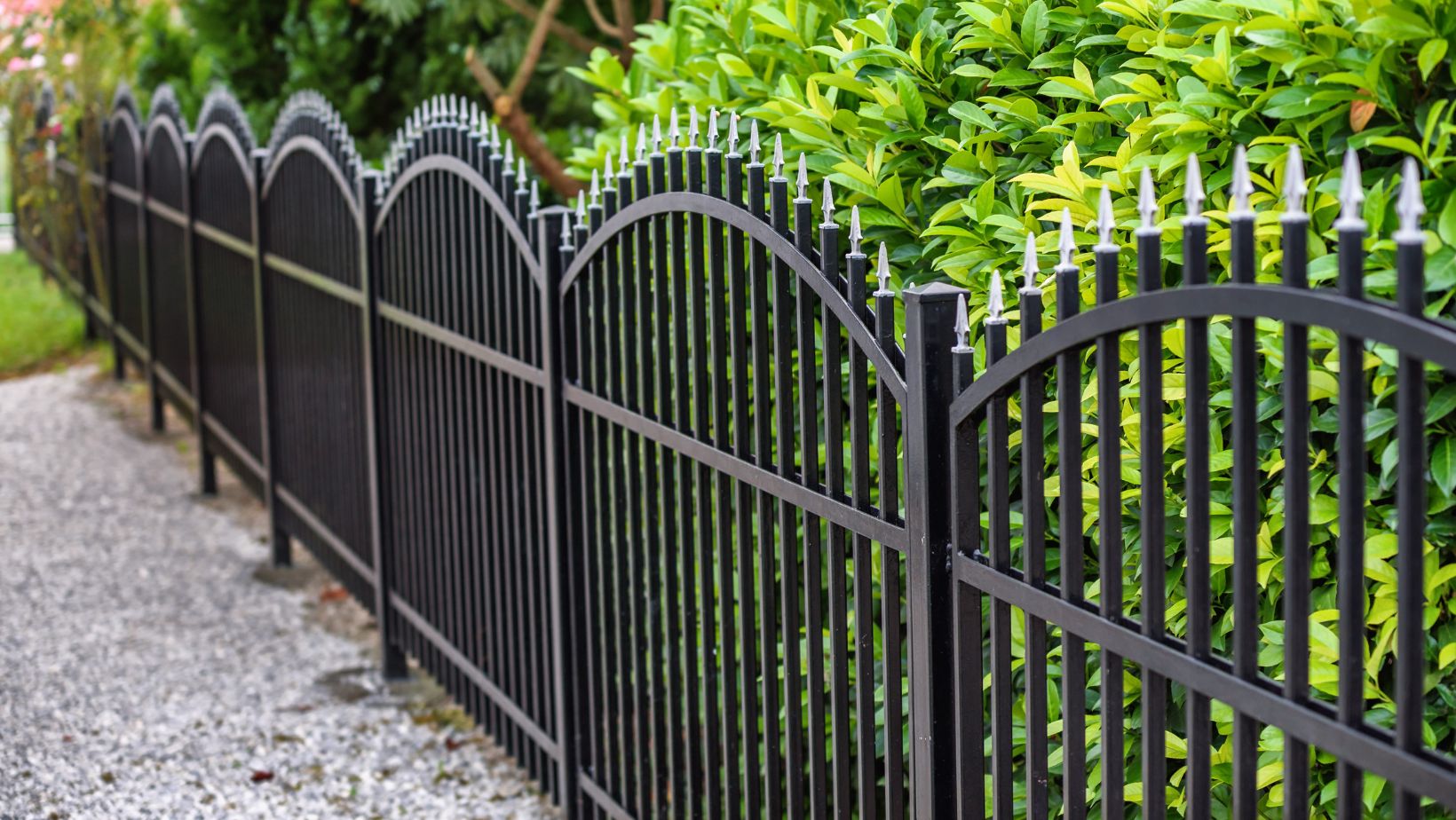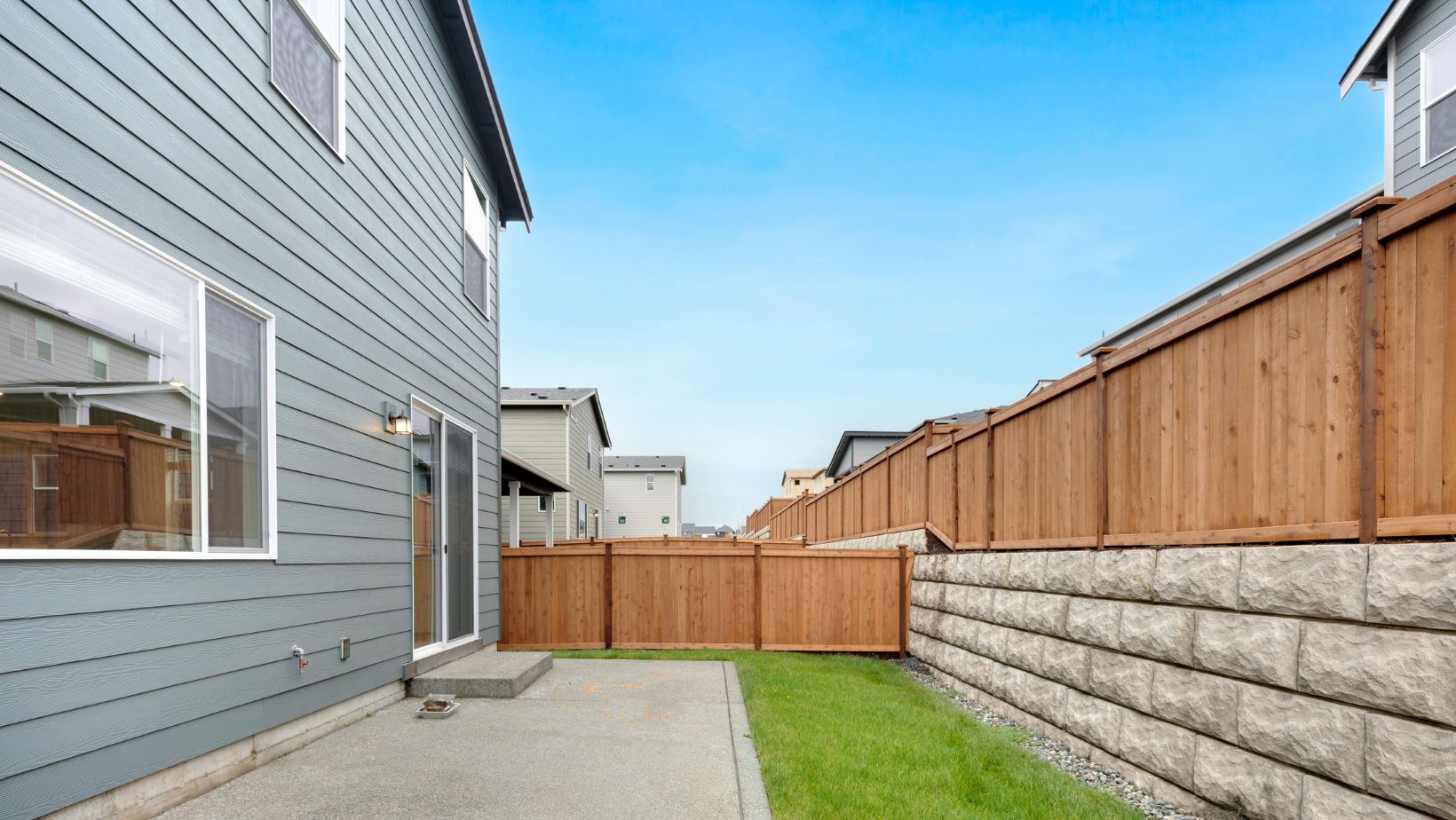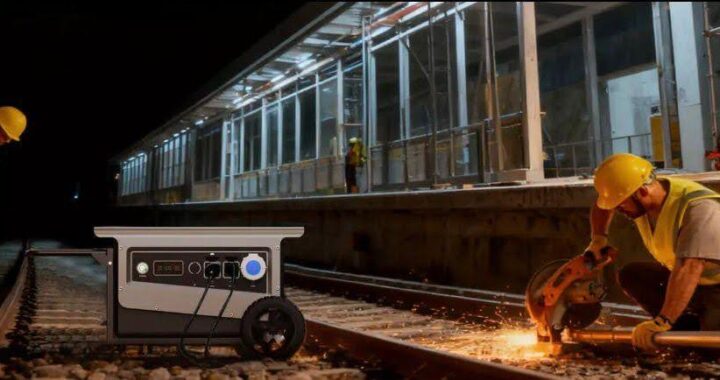Advantages of Installing a Wooden and Iron Fence around Your Property

A fence is a layer of safety, and a sensible investment in the functionality of your house—not only a barrier. For homeowners looking to enhance both security and curb appeal, Premier Fencing offers high-quality timber and iron fence solutions that combine durability with timeless design. A wooden and iron fence can be a clear boundary marker, a screen against unwelcome intrusions, a protective barrier for kids and animals, and a major factor in a house’s general curb appeal and value. An iron fence not only adds a touch of elegance to your property but also provides enhanced strength and durability compared to other materials. The several benefits of building a timber and iron fence around your house will be discussed in this article, with particular attention to how well this material mix balances utility, durability, and visual appeal.
Ensuring Children’s and Pets’ Safe Enclosure
For homes with small children or pets, a strong wooden and iron fence offers a vital safety boundary. The strong hardwood panels give parents more peace of mind when their children play outside since they prevent easy wandering off the property.
Similarly, the safe barrier keeps dogs within the yard, therefore preventing them from running away. Families can enjoy their yards with more confidence and security with this safe and well-demarcated outdoor area.
Longevity And Durability With Correct Maintenance
Though wood and iron are different materials, when correctly maintained their combination in a fence can provide outstanding longevity and durability. Treated to withstand rust, decay, and insect infestation, quality wood in dallas fence company can survive many years outdoors.
Particularly for the posts and any iron accents, the inherent strength of iron guarantees the fence’s structural stability. The fence’s lifetime will be greatly extended by regular care including painting or treating the iron to prevent corrosion and sealing or staining the wood.
Customizing Choices For Different Architectural Styles
Customizing choices for different building styles and personal tastes abound from wooden and iron fences. Different heights, spacing, and decorative accents let one customize the wooden panels.
Simple and sleek to elaborate and classic, iron posts and accents can be selected in many ways. This adaptability enables homeowners to design a fence that accentuates the look of their house.
Improving Safety
Many times, homeowners’ first concern is security; and a wooden and iron fence provides protection without sacrificing appearance.

Often used for gates or vertical reinforcements, the iron elements which are sturdy deterrence against illegal access are tough to scale or shatter. The wooden parts offer an additional level of secrecy by covering the yard from outside view.
Flexible Arrangement For Multi-Zone Characteristics
If your property has several zones—such as a front yard, garden, pool area, or backyard—a wooden and iron fence can be built to fit the particular needs of each region.
For the backyard, you might prefer a taller, more secluded part and a shorter, more ornamental type at the front. The adaptability of materials and design lets you move between different areas smoothly while maintaining a cohesive look throughout your property.
Environmentally Friendly Solutions
When constructed from recycled materials, timber, and iron fences provide environmentally friendly options for homeowners who prioritize sustainability. Most dallas fence company sell responsibly grown wood coated with non-toxic chemicals.

Similarly, recycled or repurposed wrought iron and steel components help to lower waste. Proper maintenance helps these fences last for decades, therefore reducing the need for regular replacements and helping to have a smaller environmental impact than synthetic or disposable fencing alternatives.

 Opulent Places Around the World that Homeowners Can Draw Inspiration From
Opulent Places Around the World that Homeowners Can Draw Inspiration From  How Often Should You Book a Tankless Water Heater Service in Georgetown?
How Often Should You Book a Tankless Water Heater Service in Georgetown?  How Can Industrial Power Station Choose Compliant and Economical Emission Reduction Paths?
How Can Industrial Power Station Choose Compliant and Economical Emission Reduction Paths?